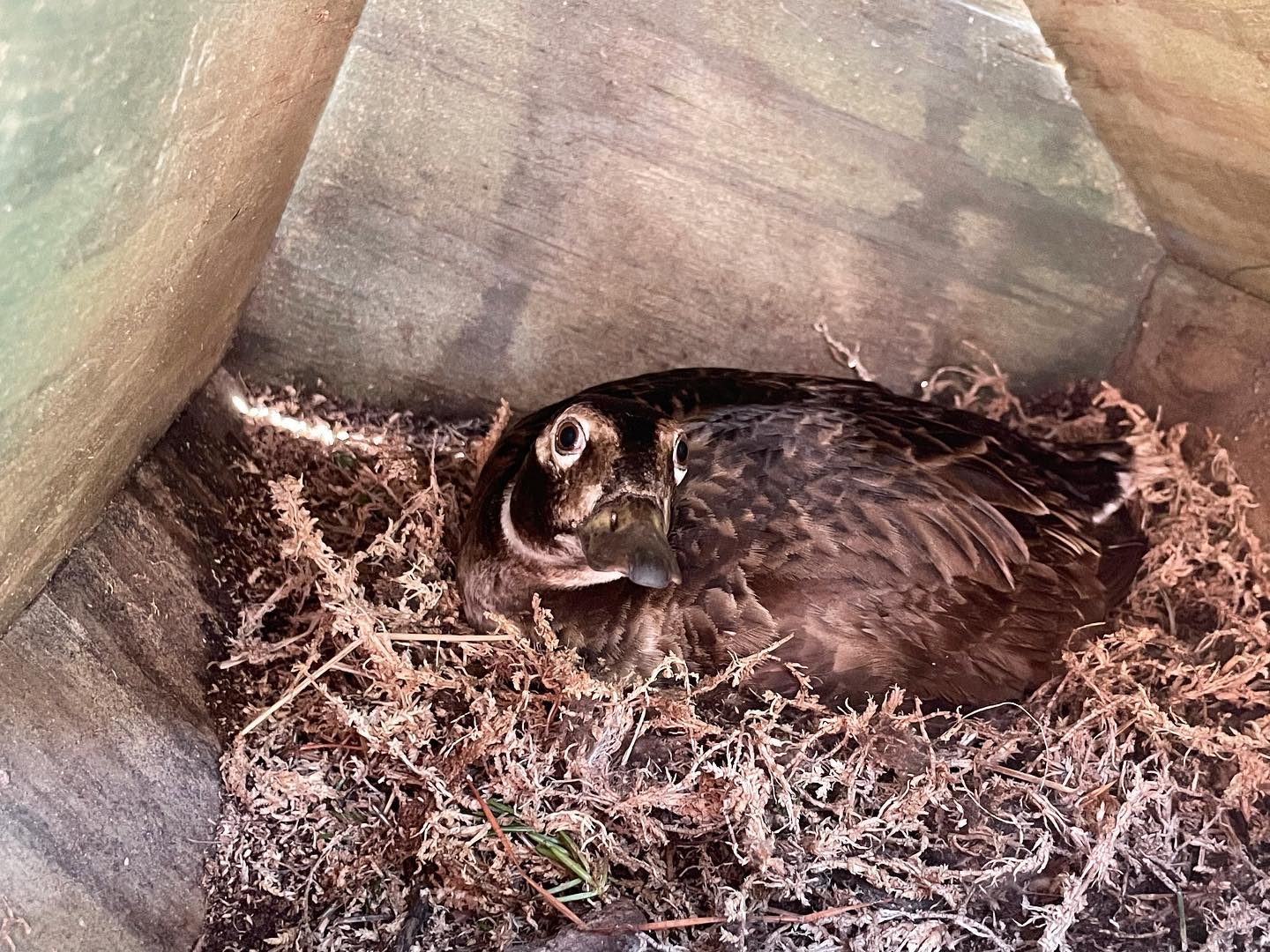Summary:
1. Long-tailed ducks: A marvelous winter visitor to the coasts
2. Unique nesting behavior and habitat preferences
3. The intriguing annual breeding cycle of long-tailed ducks
4. Conservation efforts to protect these beautiful birds
5. Fascinating adaptations and behaviors of long-tailed duck chicks
Hello and welcome to our blog! Today, we are excited to share the wonderful world of long-tailed ducks and their nests. These magnificent ducks are winter visitors to many coastal areas, and their nesting behavior is truly unique. So, without further ado, let’s dive in and explore the fascinating aspects of the very excited long-tailed duck nest!
1. Long-tailed ducks: A marvelous winter visitor to the coasts
Long-tailed ducks, also known as oldsquaws, are incredibly beautiful waterfowl that grace our coastlines during the winter months. They are known for their elegant appearances, with striking plumage and a long, slender tail that gives them their name. These ducks are often found in flocks, engaging in stunning synchronized swimming displays that are truly a sight to behold.
2. Unique nesting behavior and habitat preferences
When it comes to nesting, long-tailed ducks choose remote and secluded areas away from human disturbances. They prefer breeding in the far reaches of the Arctic, where they form their nests on the ground close to freshwater lakes or ponds. These nesting sites often have a dense vegetation cover, providing them with the necessary protection and camouflage.
3. The intriguing annual breeding cycle of long-tailed ducks
Long-tailed ducks have a fascinating breeding cycle that starts in late spring. After their winter migration, these ducks arrive at their breeding grounds, where they begin courtship displays to attract mates. It’s mesmerizing to witness the elaborate courtship rituals, with males displaying their long tails and engaging in aerial acrobatics to impress the females.
Once pairs form, they start building nests together. Interestingly, long-tailed ducks incorporate various materials into their nests, including vegetation, feathers, and down. The down, which they pluck from their chests, is an insulating layer that helps keep their eggs warm.
4. Conservation efforts to protect these beautiful birds
Long-tailed ducks face numerous challenges, including destroying their breeding habitats, climate change, and hunting pressure. To protect these beautiful birds and ensure their long-term survival, conservation organizations work tirelessly to monitor their populations and educate the public about preserving their habitats.
Additionally, it is crucial to regulate hunting practices and establish protected areas along their migration routes. By implementing these conservation measures, we can contribute to the conservation of long-tailed ducks and other vulnerable species that rely on these habitats.
5. Fascinating adaptations and behaviors of long-tailed duck chicks
As the long-tailed duck eggs hatch, a new world of adorable chicks emerges. These fluffy little ducklings are incredibly resilient and exhibit fascinating behaviors. From the moment they leave their nests, they can swim and dive to find food. Sometimes, they even hitch a ride on their parent’s back, allowing them to rest and travel simultaneously.
The ducklings are precocial, meaning they are born with down feathers and can quickly feed themselves. Their diet mainly consists of invertebrates, which they forage by diving underwater. This feeding behavior is facilitated by their unique adaptations, including specialized bills and the ability to hold their breath for extended periods.
In conclusion, the long-tailed duck nest is a marvel of nature’s ingenuity. These incredible birds captivate our hearts with their stunning appearances, fascinating nesting behavior, and intricate breeding cycle. By understanding and appreciating their unique adaptations and behaviors, we can inspire others to join us in preserving their habitats and ensuring their future generations will continue to grace our coasts with their beauty. So, the next time you spot a long-tailed duck, take a moment to marvel at the wonder it represents and the incredible journey it has undertaken to be here with us.
*****
Source Description
I’m very excited to have a long-tailed duck nest!

